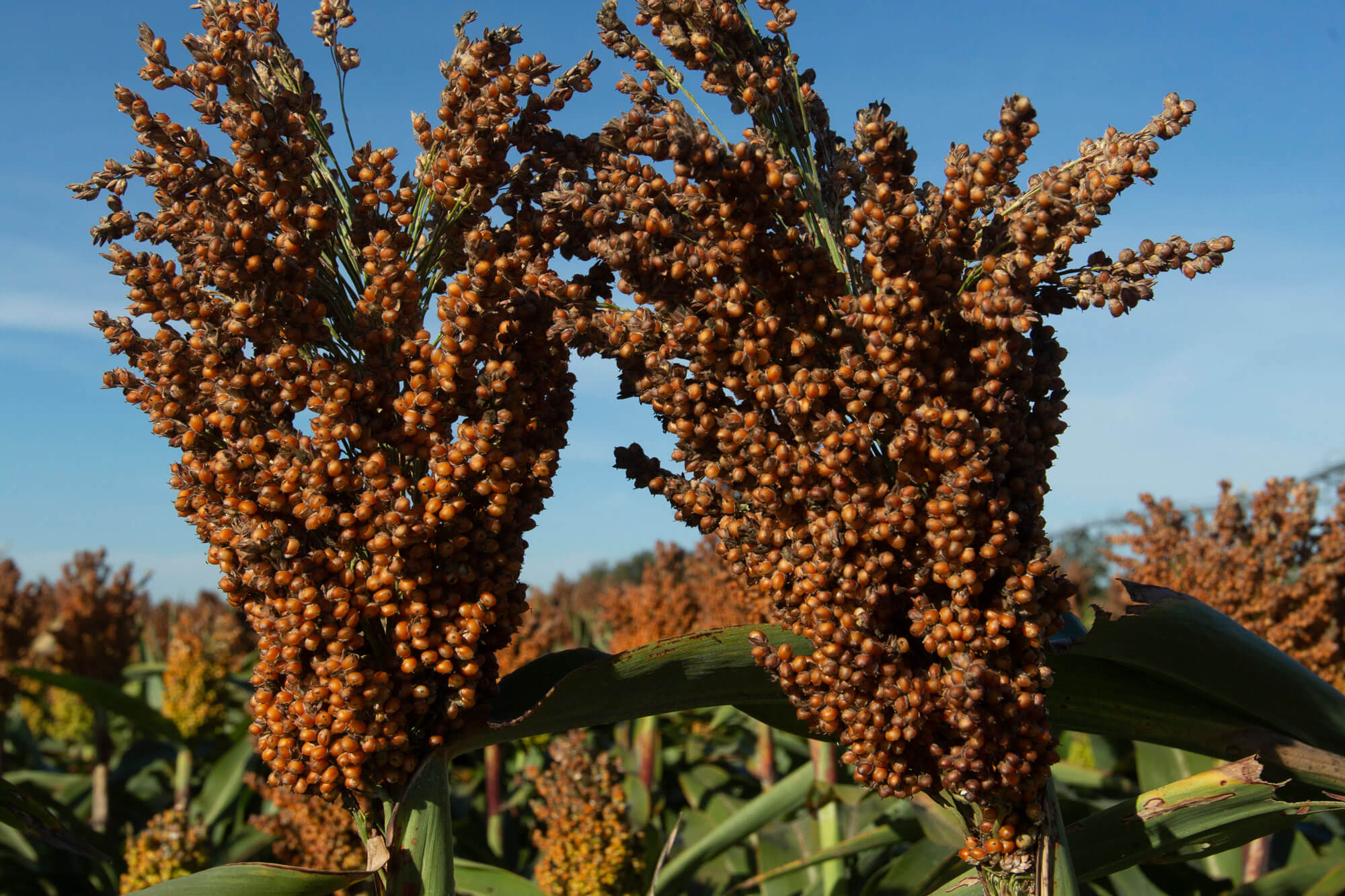A well-managed dove field provides the satisfaction of seeing dozens or hundreds of dove.
Mourning dove primarily eat seeds and are attracted to fields where their preferred seeds are abundantly available. Some of their preferred crop seeds include corn, foxtail millet, hemp, Japanese millet, peanut, sorghum and wheat. Some of their preferred native and naturalized seeds include barnyard grasses, bristle grasses, bull paspalum, common sunflower, common ragweed, crotons, euphorbias (spurges), panic grasses, pigweeds and prickly poppies. The white-winged dove, Eurasian collared dove and several other bird species also feed on these seeds.
Preparations Prior to Growing Dove Food Plants
Before managing a field for dove, soils should be sampled and analyzed to determine whether nutrient or pH limitations should be addressed to obtain desired seed production of target plants. To reduce competition and minimize thatch problems, sites with established perennial grasses or forbs should be treated with a glyphosate herbicide at least 14 days prior to tilling, mowing or planting a field.
Optimizing your fields for mourning dove
The following characteristics seem to optimize mourning dove use of a field:
- Abundant preferred seeds lying on bare soil with minimal thatch or vegetation
- Field size of at least 10 acres
- Some trees, snags or utility lines in or adjacent to the field
- Pond or water source with shallow edges and a bare shoreline adjacent to, in or near the field
- Upland site
While dove definitely use sites lacking one or more of these characteristics, having these characteristics can increase the likelihood and abundance of dove using a site.
Three examples of dove field management are provided below:

1. Common sunflower
If common sunflower is absent or scarce in a field’s soil seed bank, plant about 8 pounds of common sunflower seed per acre during mid-April to mid-May mixed with seed of an annual crop such as approximately 5 pounds of black oil sunflower, 8 pounds of sorghum or 20 pounds of millet per acre.
Manage the field for the annual crop during the current growing season, and then manage the field for common sunflower during future years.
The vast majority of common sunflower seed will not germinate until a year or two after planting because its seed requires cold stratification to break seed dormancy. However, once common sunflower becomes established, the field can be managed for common sunflower for many years without replanting by using the following procedures:
- When common sunflower is present in the soil seed bank, shallowly but thoroughly disk a field during January or the first half of February to encourage sunflower growth. Sandy soils may not require tillage – short mowing prior to March 1 might provide adequate disturbance to encourage sunflower growth.
- During early April, examine a field managed for common sunflower. If common sunflower plants are less abundant than one plant per 2 square yards, which is a moderately thin stand, an annual crop can be planted in the field during mid-April to mid-May to increase seed production.

2. Wheat
Plant about 90 pounds of wheat seed per acre during September or October.
Allow the wheat crop to stand until August. During March through July, the field should not be grazed, mowed, hayed, burned or harvested.
The field can serve as food for deer and turkey during fall through spring, and can be grazed by cattle until the appearance of the first hollow stem, which usually occurs during mid-February to early March. Livestock grazing beyond the appearance of the first hollow stem decreases grain production.
In consecutive years of wheat management, the field should be planted during October.

3. Sorghum or millet
Plant about 8 pounds of sorghum seed that matures in less than 100 days, or 20 pounds of millet seed, per acre during late April to early May.
Field Management After Seed Is Produced
After plants in a field produce adequate seed, management practices such as fire, livestock grazing, crop harvest, haying or mowing can be used to place seed on the ground and reduce standing vegetation and thatch. I prefer to manipulate only 60-90% of a field with these techniques during early to mid-August, leaving some standing vegetation to provide hunter cover and retain seed that can be made available for dove later in the fall.
Many mourning dove are migratory, and managers should realize that factors such as a northerly wind, decreasing daylight, cooling temperature or excessive hunting pressure may move dove out of or into an area.
Dove hunting is legal in most states when fields are managed with these techniques, but waterfowl cannot be hunted in a dove field where a crop has been mowed. Both dove and waterfowl cannot be hunted legally where seeds that are purchased, harvested or obtained elsewhere are scattered on the ground.
Hunting Management of Dove Fields
Hunting management on dove fields can be tricky. Many mourning dove are migratory, and managers should realize that factors such as a northerly wind, decreasing daylight, cooling temperature or excessive hunting pressure may move dove out of or into an area.
When possible, I prefer to have two or more fields located at least 1/2 mile apart rather than one larger field with equivalent acreage. Multiple fields provide more hunting opportunities, and keeping adequate distance between fields prevents the hunting activities at one field disturbing dove at other fields.



Comment